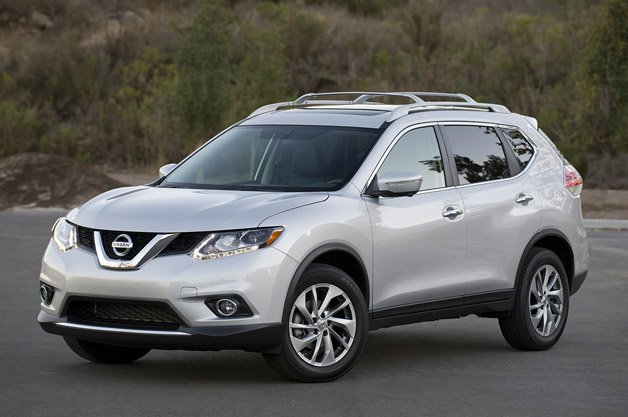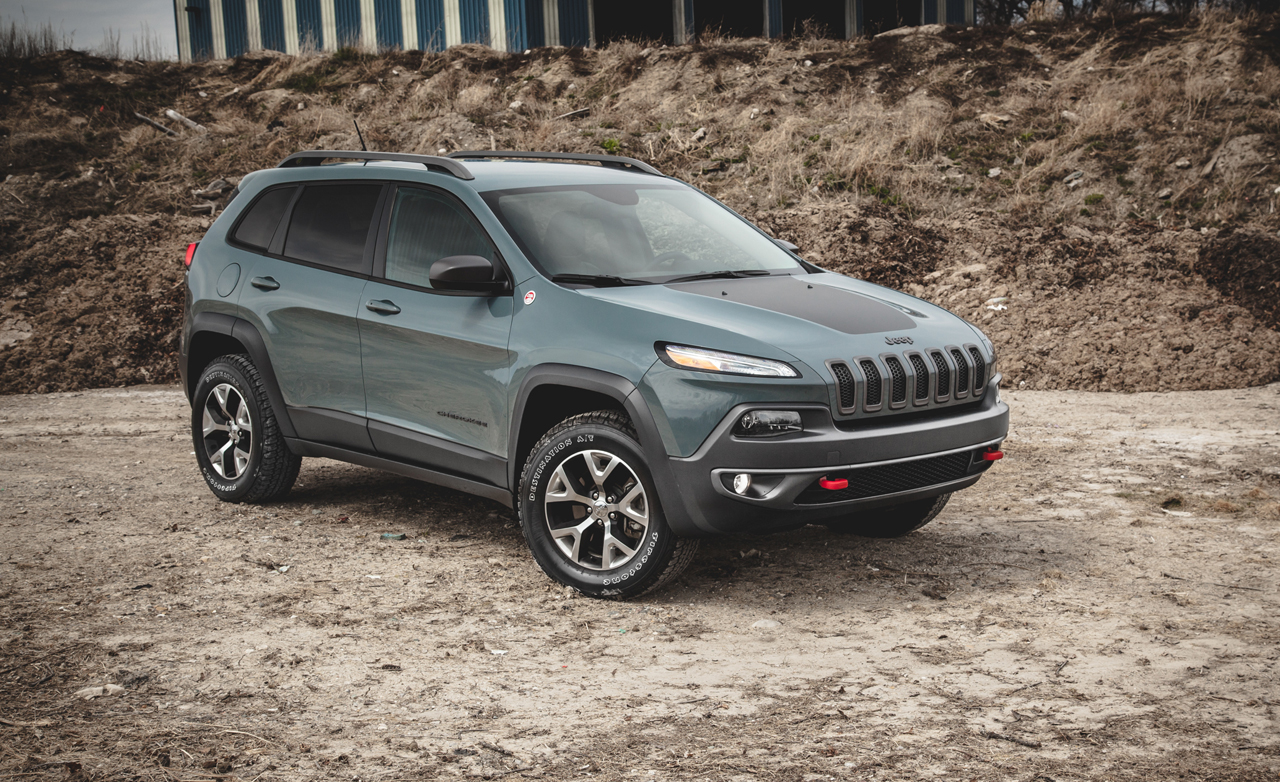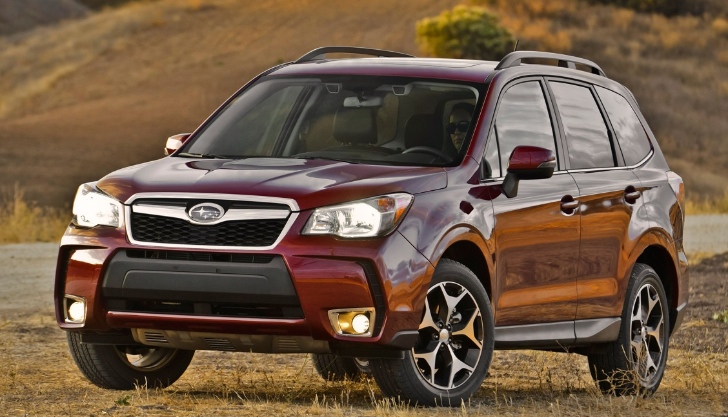
The Compact SUV segment grew by 13% compared to the first half of 2014, a very strong performance given the size of the segment – annual sales are more than 2.5 million, and it accounts for more than half of all SUV sales. In fact, in H1 2015 it surpassed the Mid-sized segment to become the largest single segment in the US by sales, and one with the largest number of models offered. Given how US customers substitute SUVs for family wagons it should not come as a huge surprise that the a Compact SUV has become the default go-to family car.

The Honda CR-V remains the market leader, with sales rising by 5% following a facelift late in 2014. The ever-popular Honda distanced itself from the second-placed Ford Escape which came within 2,000 units of dethroning the Honda this time last year, but whose sales fell by 4% this time around. It may yet get another shot at the top spot when the extensive facelift arrives later this year, due to give the Escape a much tougher look inspired by its larger brother, the Edge, although whether that will turn out to be a winning move in this family-friendly segment remains to be seen. Close on the Escape’s heels in #3 is the Chevrolet Equinox, enjoying a healthy 21% growth in sales, a pretty remarkable performance given that at 5 years it’s one of the oldest models in this segment. It is closely followed by the Toyota RAV4 in fourth.

In #5 is the standout performer of the segment, the Nissan Rogue. While the previous model was a decent-selling middle-of-the-road kind of car (not unlike the Sentra on which it was based), the new car has been selling like hot cupcakes on the back of its good looks and unique-for-the-segment 7-seat option. It will be interesting to see whether the Rogue’s sales success prompts any of the other carmakers to engineer the next versions of their models with 3-row capacity. It is also ironic that the once market-leading RAV4 used to come with an option of a 3rd row, but that was deleted for the current “edgy” generation.


Jeep is the best represented of all the car brands in this segment, selling four (!) distinct models. The Cherokee is the new sales leader for the brand on the back of a strong 31% sales growth, placing in #6. The other two road-biased offerings from the brand, the Patriot and the Compass, also did not do too badly given that they were originally introduced in 2006. As with all large families there will be fights, however, and it’s clear that the new Cherokee is stealing more sales from the slightly more upscale Compass (sales down 19%) than the rugged Patriot (sales up 36%).
The fourth Jeep model, the Wrangler, placed in seventh spot. Although it is a car that’s very clearly different from the rest of the offerings in this segment – body-on-frame construction, true off-road potential, few creature comforts – it continues selling very strongly for the brand. In fact, it may soon be the last non-monocoque-based car in the segment, given the dismal performance of the Nissan Xterra and Toyota FJ Cruiser in the last two spots.

Subaru is another brand with more than one model in this segment, and again it’s the more family-friendly Forester that sold better (#8) than the niche XV Crosstrek, which is basically an Outback version of the Impreza hatch (#13). In between them, other than the already-mentioned Jeep Patriot in #9, are the GMC Terrain, Mazda CX-5 and Dodge Journey, all selling a bit over 50,000 units and growing by single digits. As in other segments, it’s the Mazda’s relative underperformance that stands out given the quality of the product, especially when you consider its immediate neighbors in the sales charts – the ugly Terrain and the 6-year-old Journey.
Of the monocoque-based models the ones that sold least well were the Kia Sportage in #14, Hyundai Tucson in #15, VW Tiguan in #16 and the Mitsubishi Outlander in #16. The bad performance of the Korean and German cars comes as a surprise, even if you consider that all of these models are scheduled to be replaced within the next year. It highlights just how much Hyundai/Kia and VW have to gain by getting the next generation of their models just right – the problem for each of them is probably lack of interior space compared to the best in class, as well as price in the VW’s case. That the Tiguan only really outsells the ugly Mitsubishi Outlander in this segment is a true indication of just how far the VW brand is from its stated aim of establishing a solid foothold in the US.

